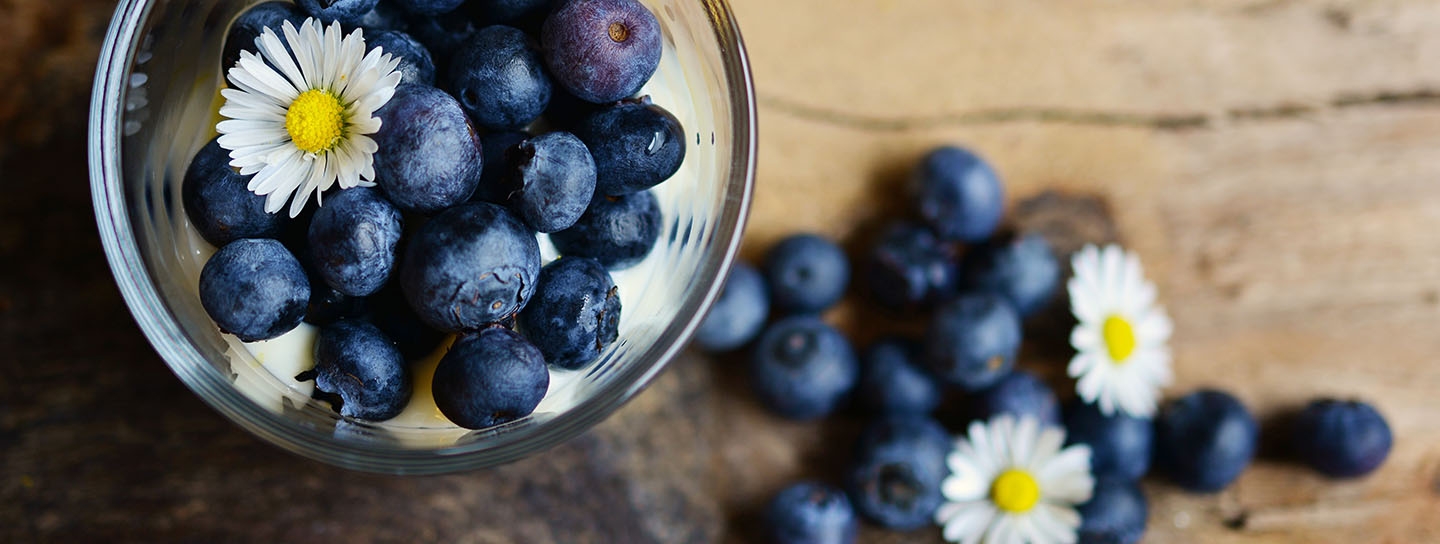Healthy Fruit Facts
Honey Mango
Origination: Philippine’s. Cultivated in Mexico since 1948. 2nd most popular mango exported to US. Smaller in size than other varieties of Mexican mangoes. .
Benefits and Nutrients: Mangoes are very low in Saturated Fat, Cholesterol and Sodium. They're also a good source of Dietary Fiber and Vitamin B6, and a very good source of Vitamin A and Vitamin C.
How to Eat: When ripe, flesh is orange or yellow. Eat straight, mix in salad or salsa or smoothie, top it on desserts; also try eating with salt, chili and lemon!
Kiwi
Origination: China, called Gooseberry. Imported to New Zealand and renamed to Kiwi resembling kiwi bird.
Benefits: Maintains healthy skin tone & texture Reducing blood pressure Preventing heart disease & stroke Better sleep
Nutrients: High in Vitamin C,E,K, copper, choline, magnesium & phosphorus, fiber, potassium
How to eat a Kiwi? It should be slightly soft to touch. Cut in half, leaving skin on and eat each half with a spoon using the skin as its bowl.
Blood Oranges
Blood oranges are a rather gruesome name for a wonderfully sweet and beautifully colored citrus fruit. This fruit has a raspberry-like unique flavor in addition to usual citrus flavors.
Blood oranges are rich in antioxidants―vital for healthy cells―including vitamin C, which aids in healing, boosts your immune system, helps your body absorb iron, and even helps reduce the risk of cancer. This citrus fruit is also a good source of fiber, which helps lower cholesterol and, like vitamin C, reduce your cancer risk.
Why Are Blood Oranges Red? The red color in blood oranges is the result of anthocyanin, which develops when these citrus fruits ripen. Anthocyanin is an antioxidant, and starts to develop along the edges of the peel and then follows the edges of the segments before moving into the flesh of the orange, so blood oranges can be lined or streaked with red instead of fully blood colored, depending on the season, when they were harvested, and their particular variety.
Pears
Pear fruit is one of the very low calorie fruits, provides 58 calories per 100g. Just a few sections a day in the diet can bring significant reduction in weight and blood LDL cholesterol levels. Pears are a very good source of heart-healthy dietary fiber. The gritty fiber content binds to cancer-causing toxins and chemicals in the colon, protecting its mucous membrane from contact with these compounds. They are fat free and cholesterol free which can help reduce the risk of heart disease. They are a good source of immune-supportive vitamin C, potassium which controls high blood pressure and bone-building vitamin K.
Strawberries
Strawberries are a good source of Vitamin C and fiber. Strawberries contain the minerals magnesium, potassium and calcium. Eating high nutrient density foods such as strawberries, with lots of nutrition for the calories consumed, is a key to weight loss and healthy eating.
The Fat Resistance Diet (FRD) labels strawberries as the fruit that can increase a hormone that stimulates metabolism, suppresses appetite, and controls blood sugar after starchy meals while inhibiting inflammation. - naturalnews.com
Strawberries work to increase our in-built defenses to keep cells, organs and blood vessels healthy and which can reduce the risk of developing cardiovascular problems such as heart disease and diabetes. -Sciencedaily.com
Raspberries
Raspberries are a rich source of vitamin C, manganese and dietary fiber, B vitamins 1–3, folic acid, magnesium, copper, and iron. -wikipedia.org
Red Raspberries contain strong antioxidants such as Vitamin C, quercetin and gallic acid that fight against cancer, heart and circulatory disease and age-related decline. -berryhealth.fst.oregonstate.edu
Strawberries and Raspberries are high is anthocyanins these are known as flavanoid compounds. They are responsible for the berries red color. Anthocyanins have been shown to protect the body against heart disease and dementia. They are also useful in strengthening the veins and circulatory system. -fitday.com
Plums
Plums are a very good source of vitamin C, vitamin A, vitamin K, potassium, iron and dietary fiber.
Vitamin K is essential for many clotting factors function in the blood as well as in bone metabolism and help reduce Alzheimer's disease in the elderly. Iron is required for red blood cell formation. Potassium is an important component of cell and body fluids that helps control heart rate and blood pressure. -nutrition-and-you.com
The ability of plum (dried version prune) to increase absorption of iron into the body has also been documented in published research. This ability of plum to make iron more available may be related to the vitamin C content of this fruit. -whfoods.com
High sugar fruits are known to cause flatulence. Plums have low sugar. -naturalnews.com
